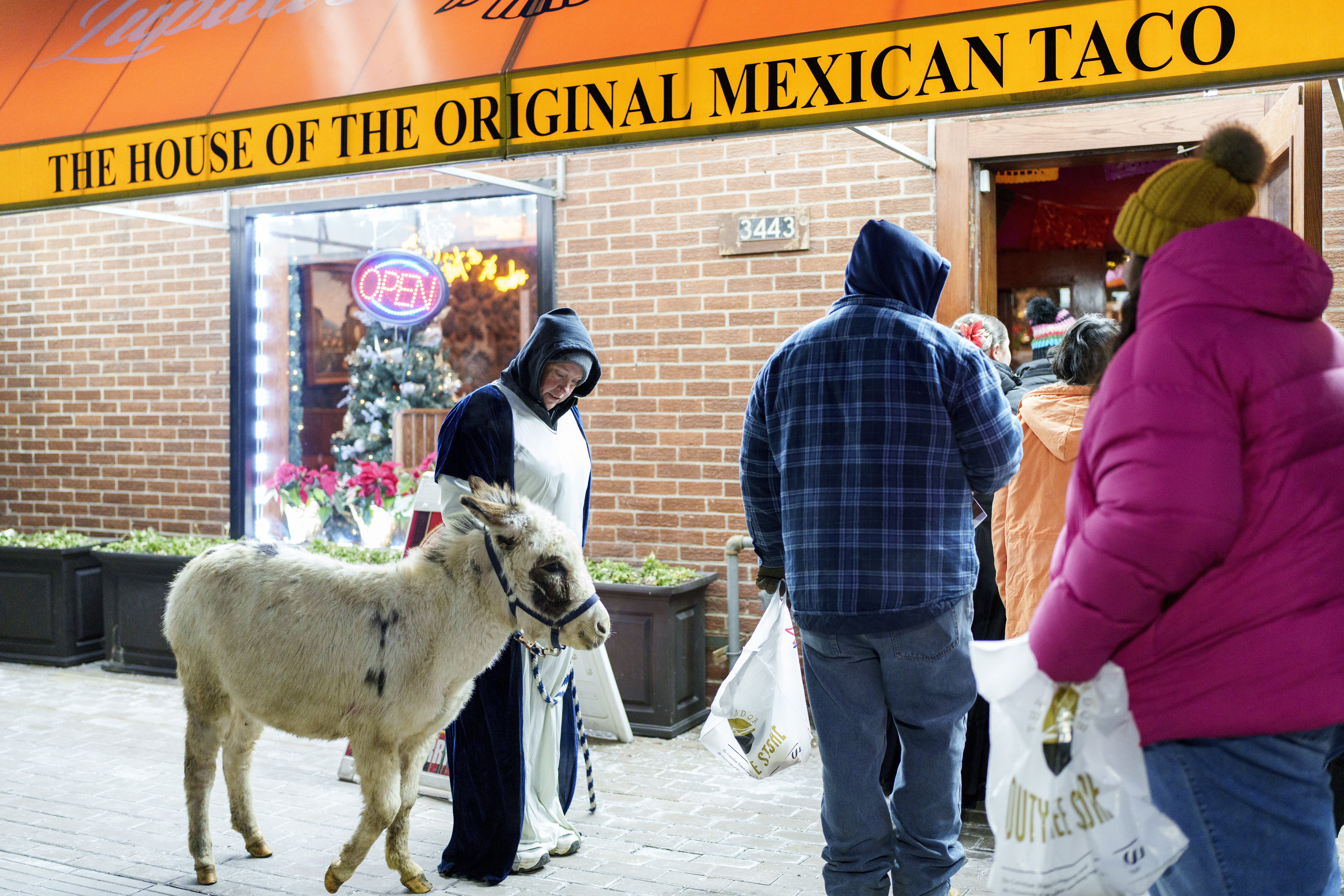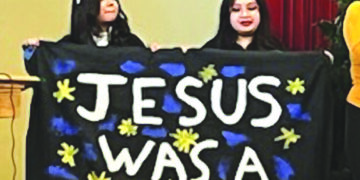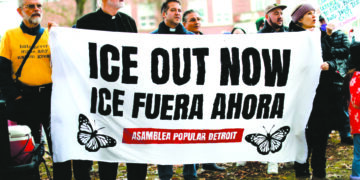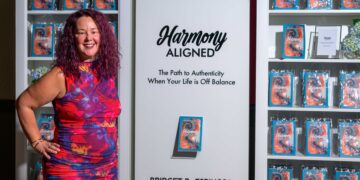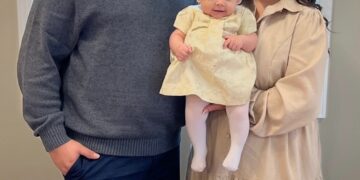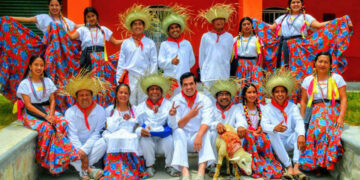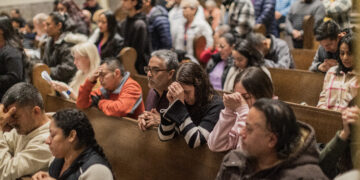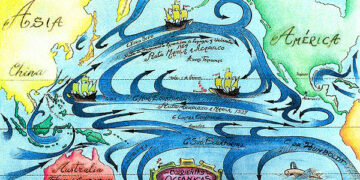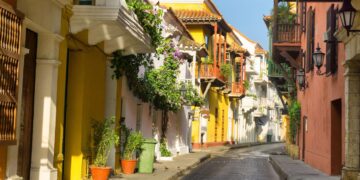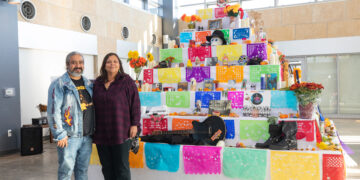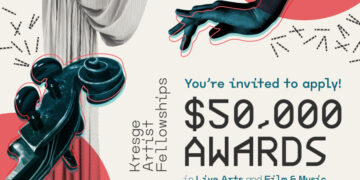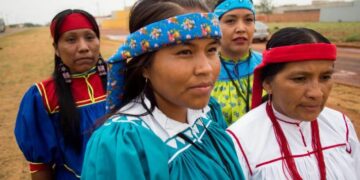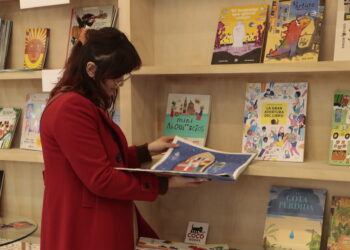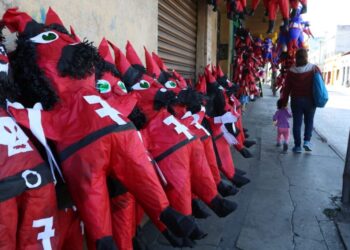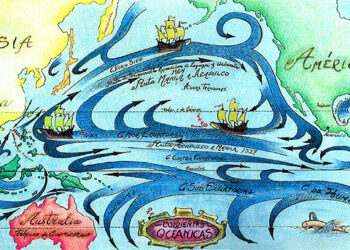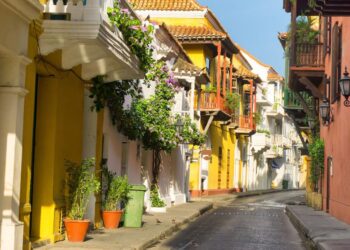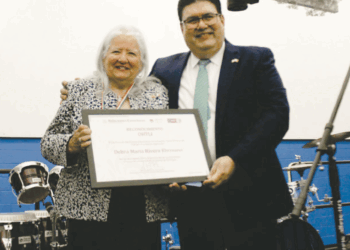By Ozzie Rivera
I ask myself why when I was younger I did not spend more time with the many elders that I was surrounded by whom I knew had spent most of their lives organizing for our community rights and for a better life for their children and generations to follow. People like Dr. Lucy Arrellano-Gajec the historian and cultural activist, Rafael Picón, the mid-level auto executive who placated his inner soul as a cultural and community organizer, Jeff Stansbury, union newspaper manager and co-founder of Casa de Unidad, Angel Cornejo El Comité leader and radio personality, Gus Gaynett union organizer and co-founder of Latino En Marcha, Sixto Rodriguez famed musician and subject of the Oscar winning film Looking for Sugarman, among many others. It is in this class of top level and committed individuals that I must include the name of the great Jose Alfaro.
Though I knew Jose Alfaro and of his work I did not really get an idea of his greatness till during my days as the co-founder of Casa de Unidad in the early 80’s. Soon after its establishment Casa would become a membership-based organization and he would soon join. He quickly contributed to our efforts to advance the arts and political representation. He was considered a mentor to many of us. His history of activism dated back to the 1920’s, yet far too many in our community do not know of his storied career. I must say I regret never having interviewed him. Luckily others within the organization did! So, in addition to some of my recollections I am drawing upon a Casa de Unidad publication as well as a nationally syndicated 1988 PBS documentary “Rivera in American” filmed by Rick Tejada Flores, to flesh out some of his history. An article I found in the September-October 1982 edition of Casa’s community newspaper, El Barrio detailed most of his life’s experience.
He, like many of his countrymen/women of his time, left Mexico in 1917. In 1918 he found work on the Baltimore and Ohio railroad and Pennsylvania coal mines before returning to Mexico. In 1923 he returned to the U.S. stopping first in Texas before coming up to Detroit to work in the auto plants. He started as a sweeper but would eventually become a journeyman molder. Jose Alfaro immediately started contributing to the artistic and cultural life of Detroit’s Mexican and Mexican American community. He was a dancer, singer, actor, typesetter (printing) editor, storekeeper, and master of ceremonies at numerous community functions in addition to being a parent. He would actively promote the barrio’s culture from the 20’s by singing and dancing on stage and nightclubs throughout the area. The first nightclub where he performed at was the Harmonie Club.
When the internationally renowned Mexican muralist Diego Rivera, accompanied by his wife and fellow artist Frida Khalo, arrived in Detroit in 1932 to paint the Detroit Institute of Arts fresco mural they found a close friend in Jose Alfaro.
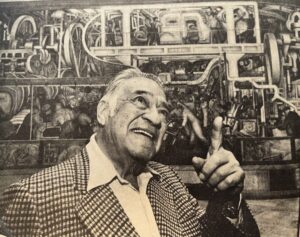
Detroit at this point was in the throes of not only the great depression but also significant labor unrest. It was a very critical period in the city’s history. Alfaro’s interactions with Rivera and Kayla would become part of the Detroit era story covered in the 1988 PBS documentary “Rivera in America”. In several segments of the film Jose Alfaro reminisces about their friendship and how at times Rivera would share his feelings about the controversy that would surround the painting of the mural. Diego Rivera, in turn, would have an impact on Detroit’s Mexican American community which at that time was suffering the infamous mid-30’s U.S. repatriation(deportation) campaign which would decimate our community. Diego Rivera, though powerless to stop this deportation effort, would donate funds to families and individual members of the barrio waiting at the train station to be repatriated in an effort to soften this grievous blow. It was noted that it is quite possible several thousand were helped by Rivera’s kindness. The documentary as well as the 1982 El Barrio article, referred to above, noted Mr. Alfaro’s organized and performed at an event held in Diego Rivera’s honor in the old Houghton School, the building located on Trumbull, on the I-75 service drive.

Jose Alfaro during the 30’s and 40’s published the barrio’s first Spanish language newspapers while also producing a live radio program “Spanish Serenades” in which he sang and interviewed guests. He returned to radio between 1965 to 1980 when he hosted and produced the program “Mexico Musicale” on WQRS. During his lifetime he often served as master of ceremonies for numerous community events. He wrote about culture, history and social life when he published such newspapers as “El Átomo” and “Noticias” between 1934 and 1958. He was also a printer too, often handling the technical end!
In his later years, starting in 1973, he served as the director of the Latin American Senior Citizens Center for a number of years. At that time the center was located on 24th Street. No question he continued, way into his own senior years, serving our community. The article went on to say he celebrated his 85th birthday on August 25th 1982. What a legacy! If only I had spent more time talking to him. What else could I have discovered?
Ozzie Rivera, a retired social worker, is a cultural activist and musician who currently teaches on Afro-Latino History and Culture at Wayne State University and social work at the University of Michigan.

